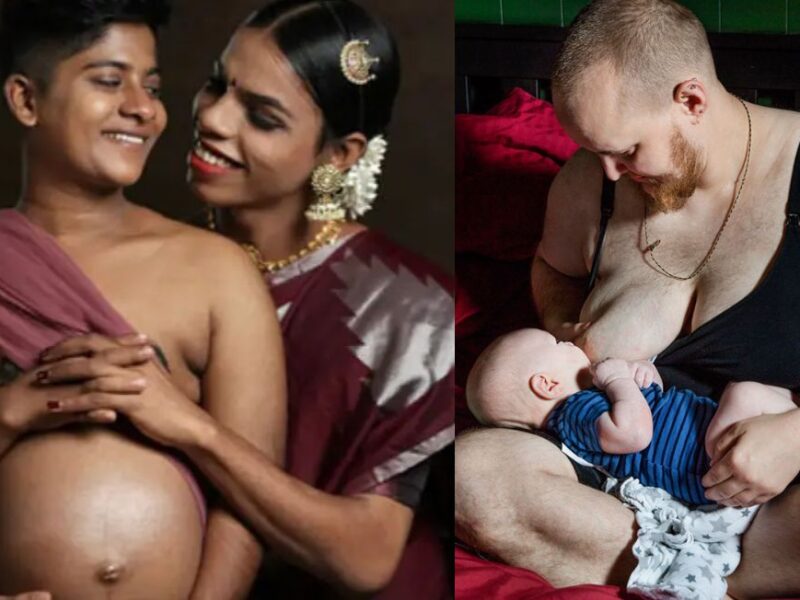Alison Spooner and Dean Durrant are no ordinary couple. Couple has wowed Britain with a set of twins, one black and one white – for the second time. Not only did they have twin girls, twice in seven years, but both sets of twins came out with different skin colors. One was white and one was black. Although not impossible it is extremely rare. So it was amazing when it happened the first time – but even more incredible when it happened a second time.

Dean Durrant, a black man, and his white wife, Alison Spooner, received twin daughters in November, one dark-toned and the other quite fair. It was a miracle repeat of the couple’s first child, also twin daughters with opposing skin tones, who was born in 2001. “I was as blown away as the rest of them, you know, there is no easy way to explain it all. I feel like I’m still in shᴏck even though the first ones were seven years ago. It’s amazing, but we just love them the same,” says Dean Durrant, the father.

The distinctions between the eldest twins aren’t only superficial. While Lauren, who is extremely fair, is a tomboy who adores Hannah Montana and is full of energy, her darker twin Hayleigh enjoys dressing up and cuddling up with a book when she isn’t belting out High School Musical songs. Miya, Dean Durrant’s newborn daughter, has the same dark complexion as her father. Leah, like her blue-eyed, red-haired mother Alison Spooner, has a fair complexion.

Their older siblings Lauren and Hayleigh, born in 2001, also have strikingly different skin tones and eye colors. “There’s no easy way to explain it all. I’m still in shᴏck,” Durrant, 33 said. Both sets of twins are fraternal rather than identical, meaning they are the product of two separately fertilized eggs, so it is not unusual that they don’t look alike. Miya’s skin color was more influenced by her father’s genes, while Leah takes after her mother. But scientists say it’s rare for a couple to have two sets of twins, and even rarer for them to have such different appearances.

“Even non-identical twins aren’t that common,” Dr. Sarah Jarvis of Britain’s Royal College of General Practitioners told Sky. “Non-identical twins from mixed parents, of different races, are still less common. To have two eggs fertilized and come out different colors, less common still. So, to have it happen twice must be one in millions.” The occurrence is so rare that there are no statistics to show its likelihood, however, it is expected to become more prevalent as the number of mixed-race couples rises.


